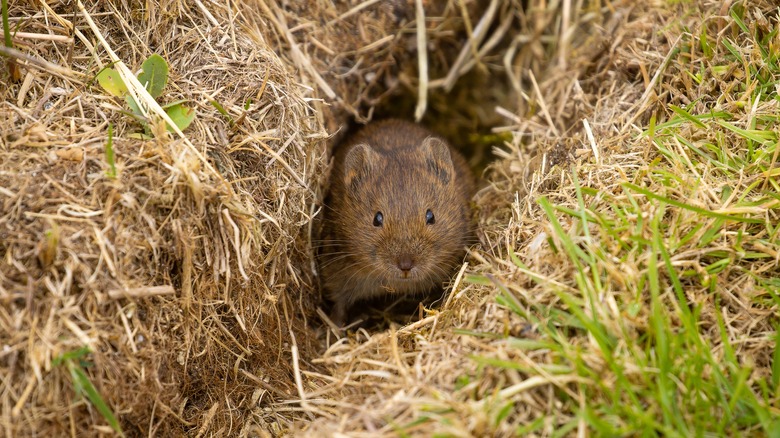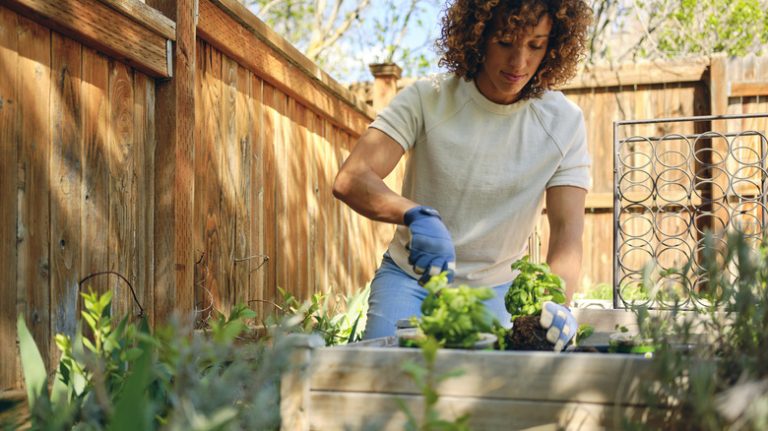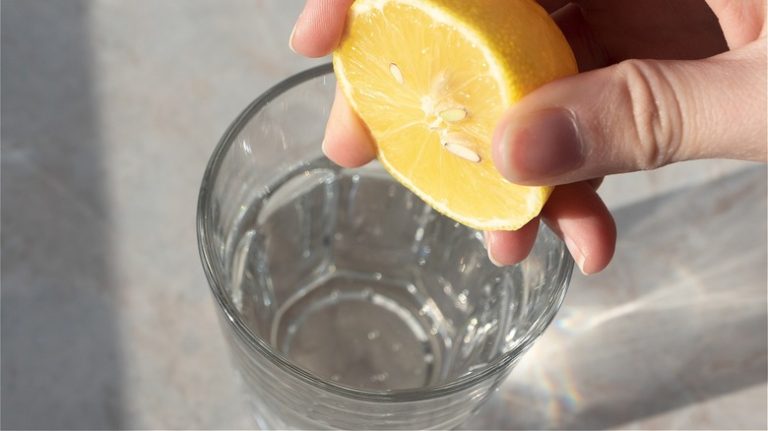Are you proud of your pristine lawn or thriving backyard plot? If so, you’re probably one of the many home gardeners across the U.S. pondering the problem of voles messing up your carefully-laid sod or hard-won vegetable gardens. The U.S. boasts 23 species of voles, sometimes called field or meadow mice. Of these, the meadow vole is the most troublesome. These pesky critters prefer to eat grass but will readily dine on vegetables, flower bulbs, tree bark, and the roots of young shrubs. Before you can even consider getting rid of voles from your yard, you need to know how to spot the damage they cause, and this can be done in either the spring or the fall.
It’s easiest to look for voles in the spring, since the signs of their habitation are far more apparent. Unlike other burrow-building mammals, voles don’t hibernate. Instead, they stay active throughout the cooler months. As the snow melts, you can easily spot tracks, holes in your lawn, and gnawed tree trunks. However, it’s smartest to look for voles in the fall before the rodents hunker down under the snow or in the ground for the winter. In this season, you have to study your lawn and garden beds for open trails through the grass and small cavities leading to underground tunnels.
Signs of voles in the spring
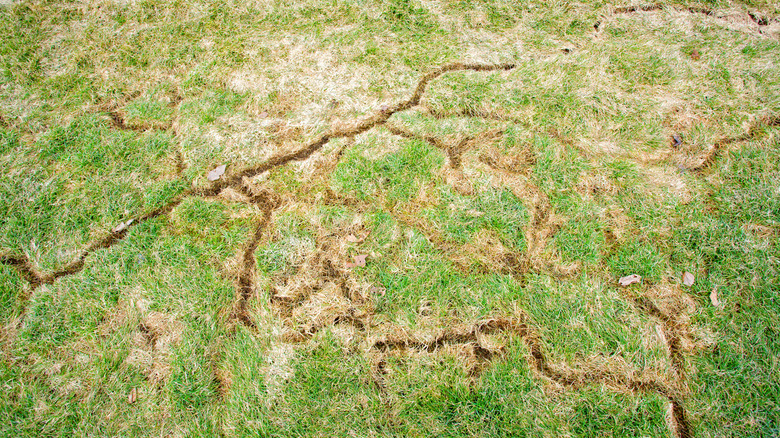
If you decide to look for signs of voles in the spring when it’s easiest, study the bark on your shrub and tree trunks. Voles eat bark in the winter when other food sources are scarce. The damage is predominantly noticed by gardeners in spring, since it’s revealed by the melting snow. If the trunks and branches of your trees and shrubs have repetitive ⅛-inch wide and ⅜-inch long gnaw marks near the ground, voles have been feasting. Also check overwintered perennials, fruit trees, and flowering shrubs. If they can’t sprout fresh leaves, have patchy foliage, or have a distinct lean, voles are most likely the culprit.
Another sign that you’ll find these rodents in your soil is clear evidence of tunnels. In warm weather, voles build their tunnels beneath mulch, bushes, or groundcover plants to avoid being spotted by predators. However, a covering of snow in the winter emboldens them, leading them to construct their organic runways in open areas like lawns. This makes the networks very easy to spot once the snow melts in the spring. The tunnels can extend about a quarter of an acre and resemble interlinked runways bordered by dried grass stems or overturned soil. Additionally, if you walk over your lawn in the spring and it feels spongy or hollow, there may be tunnels underneath the surface.
Spotting vole signs in the fall
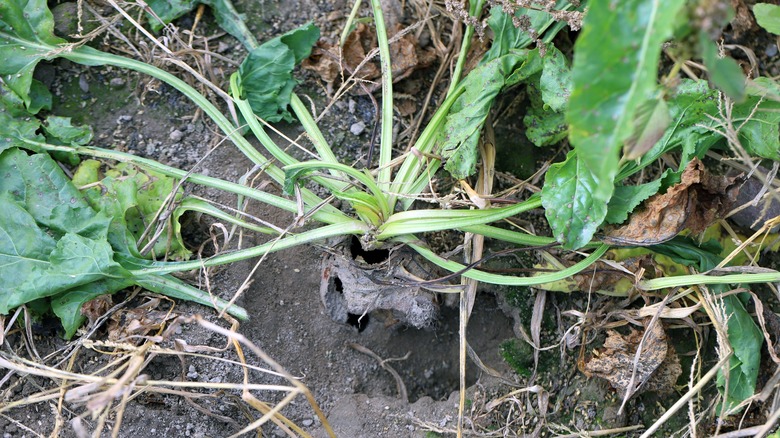
When spotting voles in the fall to (hopefully) protect your lawn from damage, look for evidence of active tunnels and holes. The tunnels are best seen when the lawn is mowed short or by parting dense plant growth or mulch cover. At one end is a hole leading to a burrow; at the other, the trees, shrubs, or vegetables the voles are munching on. You can also look for cracking sidewalks (an indicator of burrows below) or walk on the lawn to feel for spongy soil. If your grass is long, you may also see a real-time rippling around dawn and dusk. This occurs when the voles travel through their pathways, as it causes the grass to sway. On a larger scale, vole infestations cause crop fields to look spotty from the air.
To determine if a vole tunnel is being used, look for freshly-harvested foliage and droppings. If you really want to get savvy, try a few tests. A simple option is to pull up dying plants — if they easily come out of the ground and have no roots, something (likely a vole) ate them. Alternatively, give the apple sign test a go. Leave upside down planters with apple slices placed under them next to burrows and runways. Check the planters after 24 hours — if the apple slices are gone, voles are about. This will help you determine if your problem is voles or another pest like moles, which don’t eat apples.

